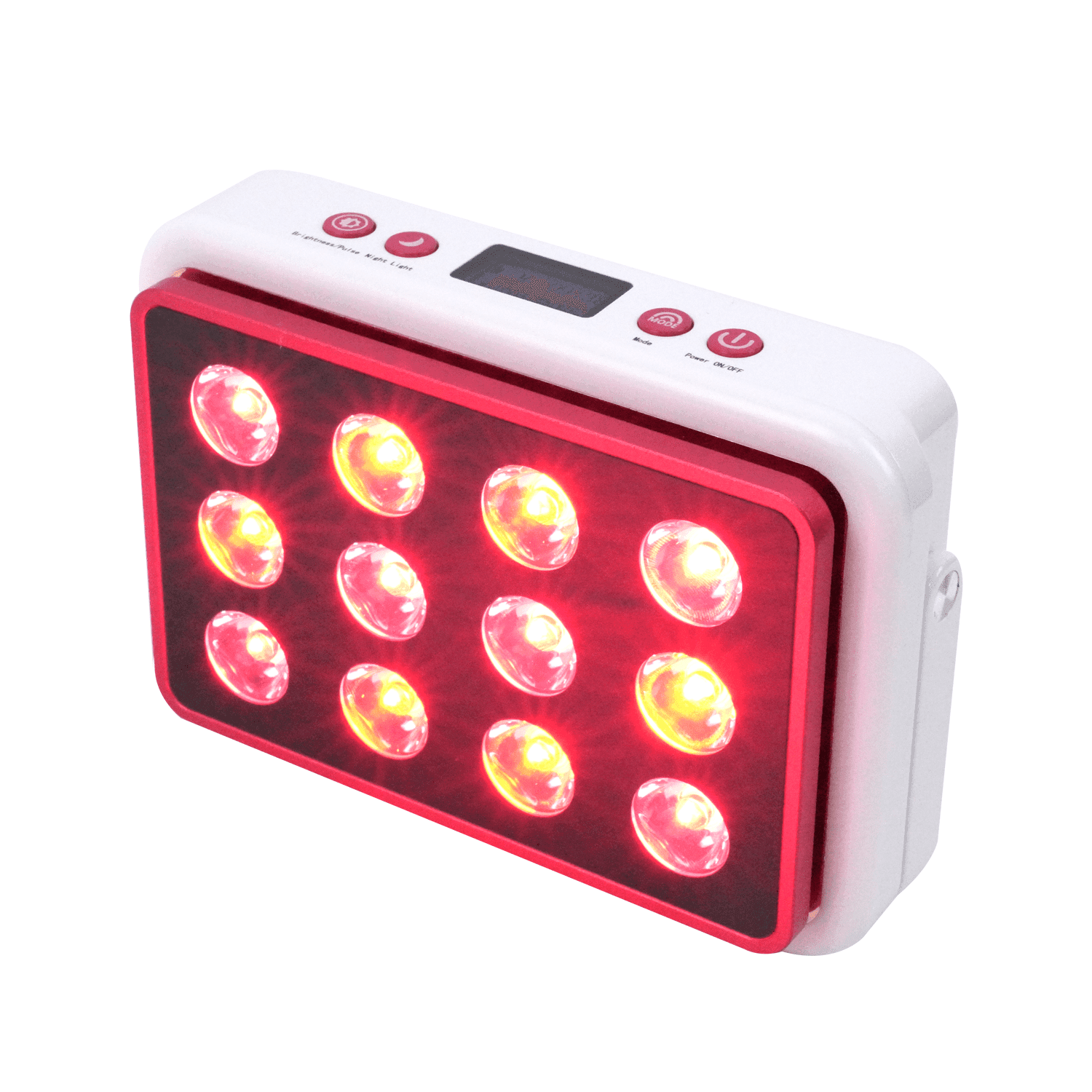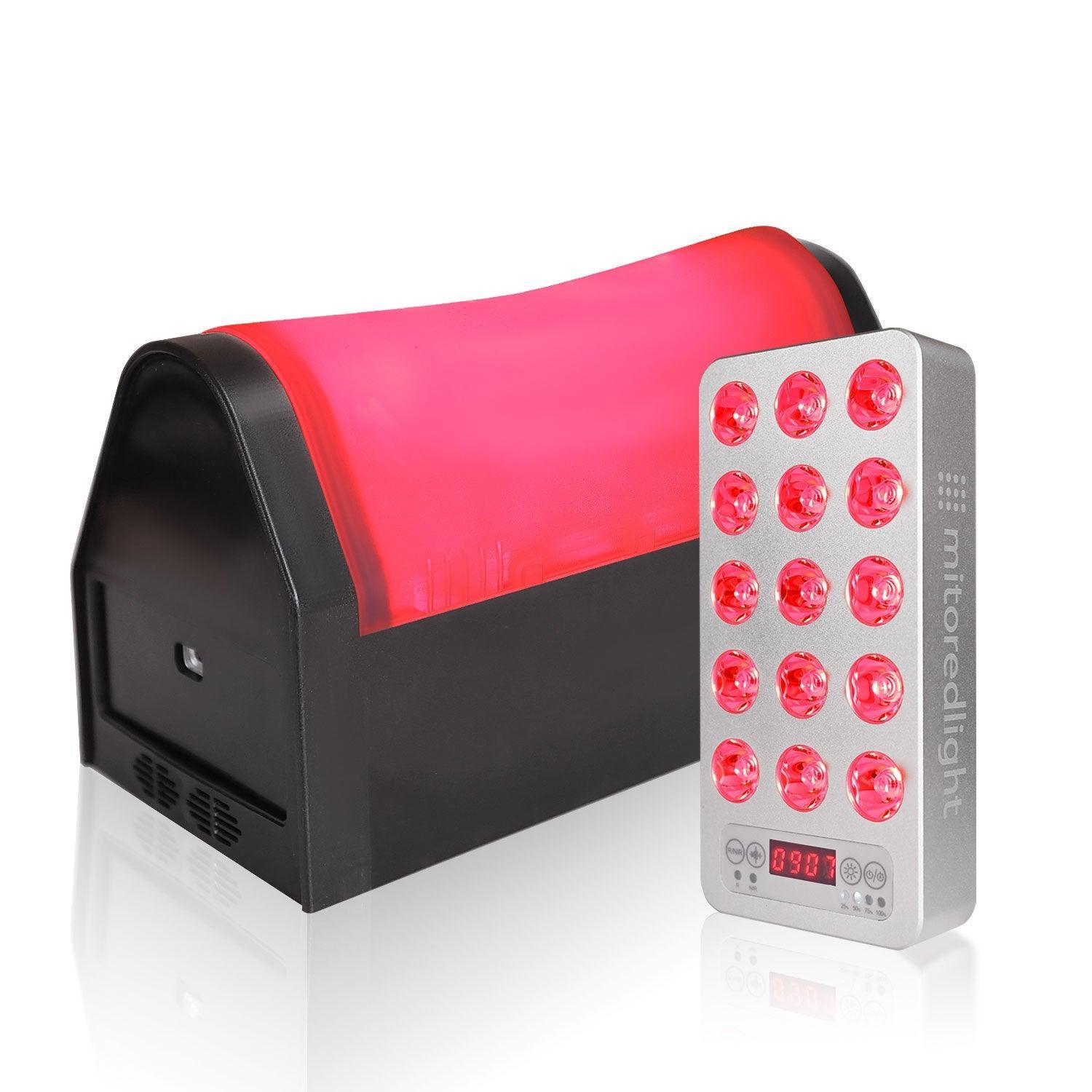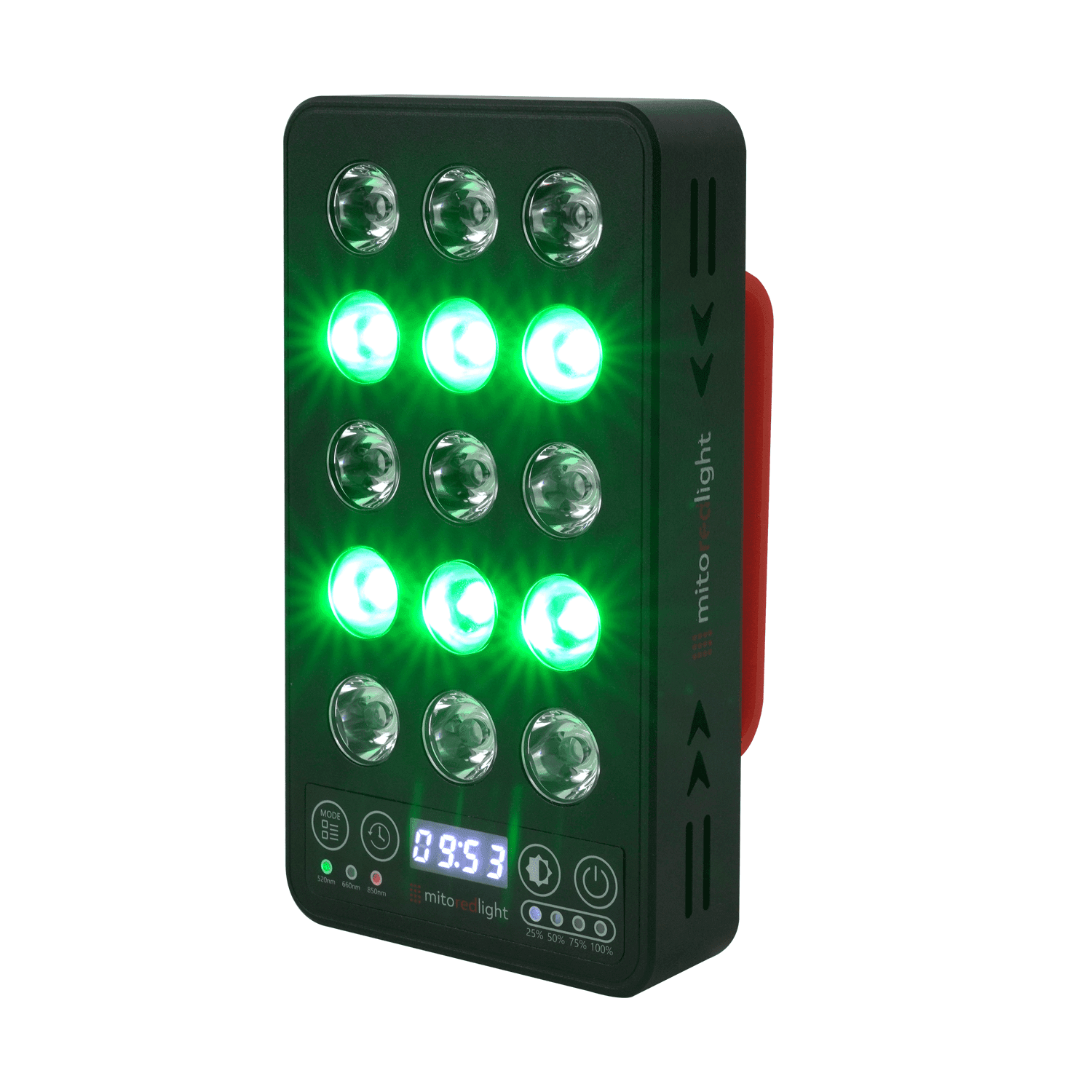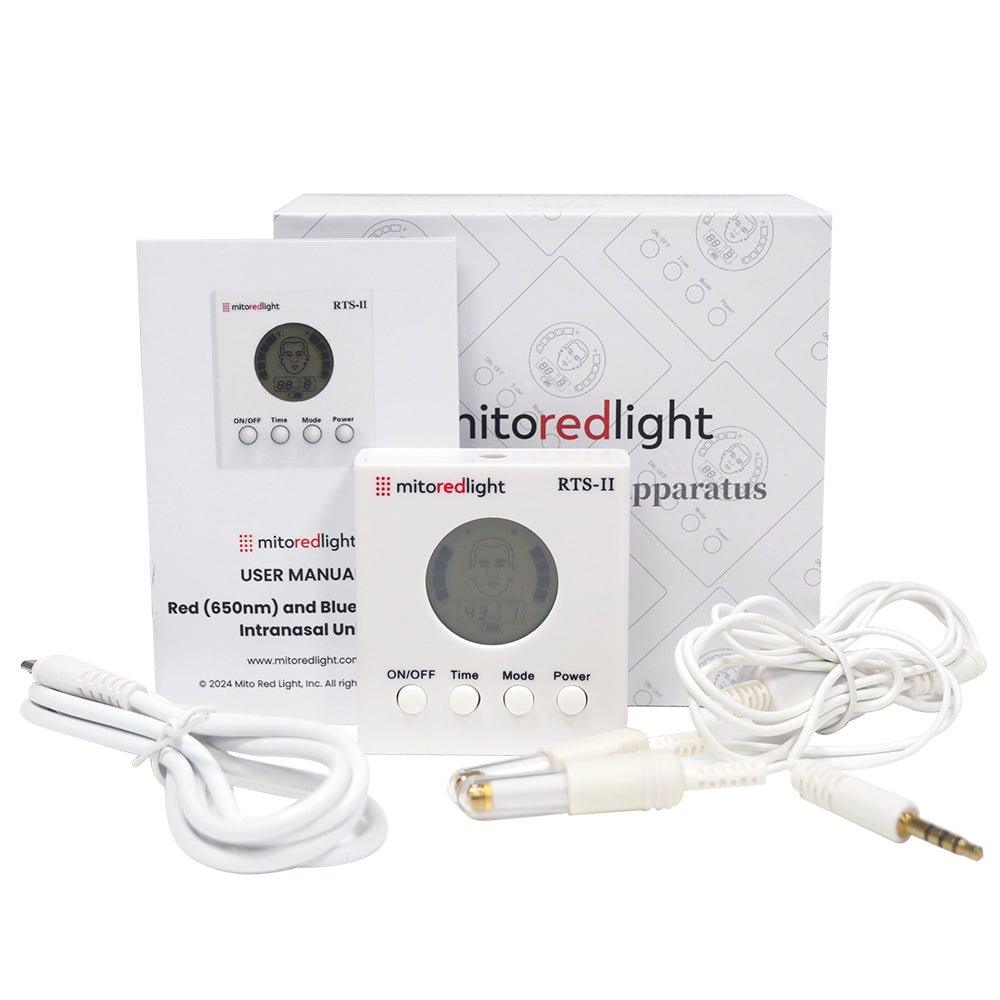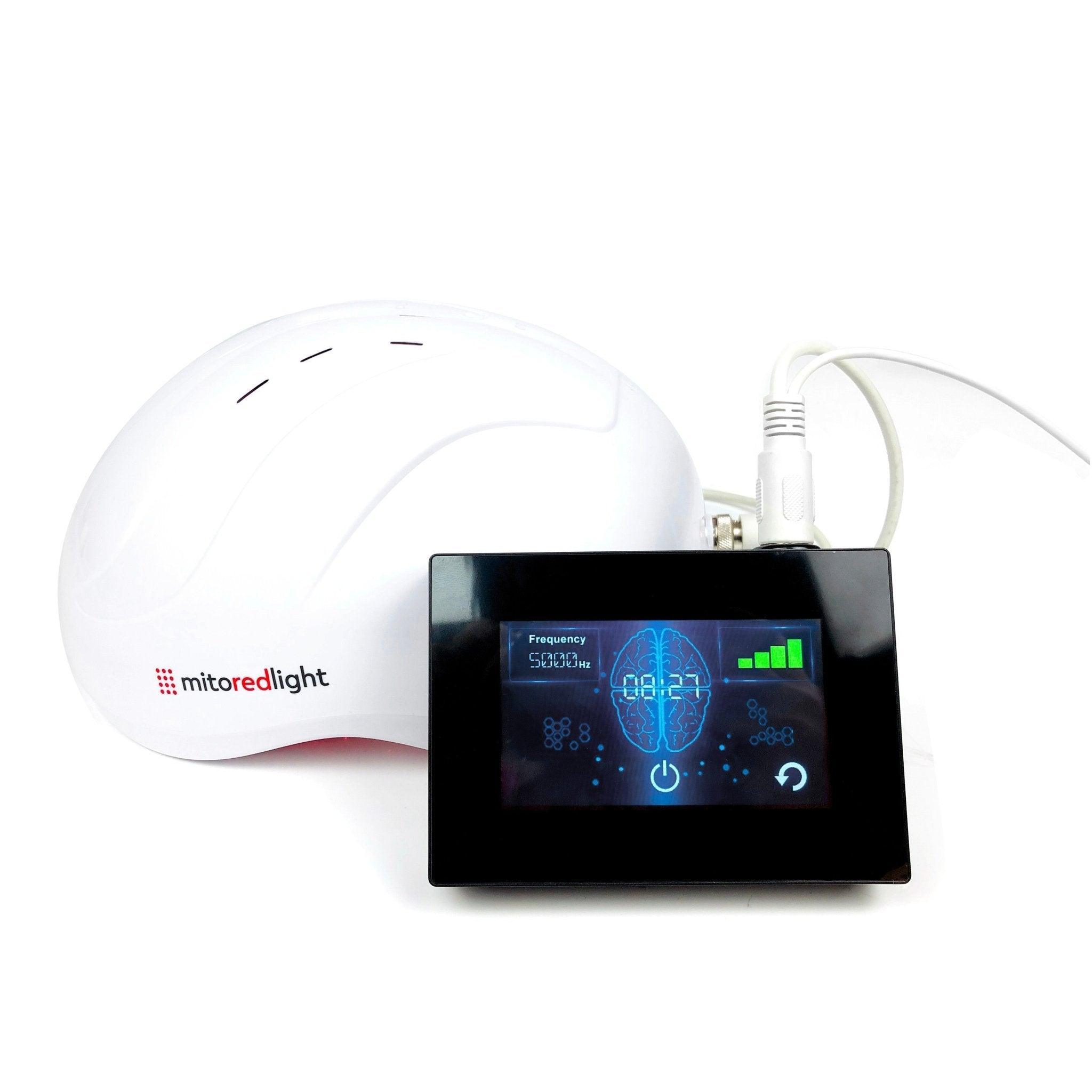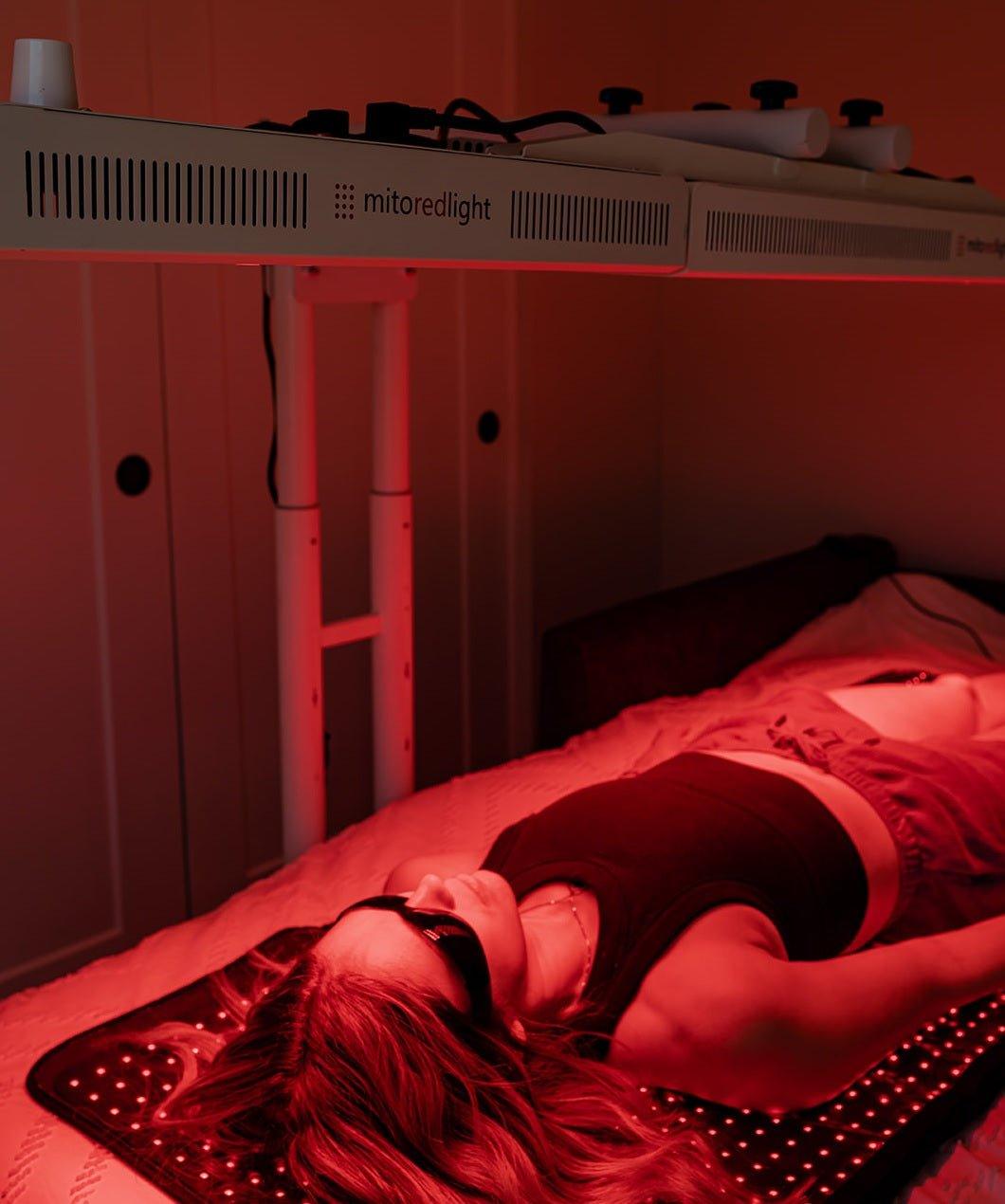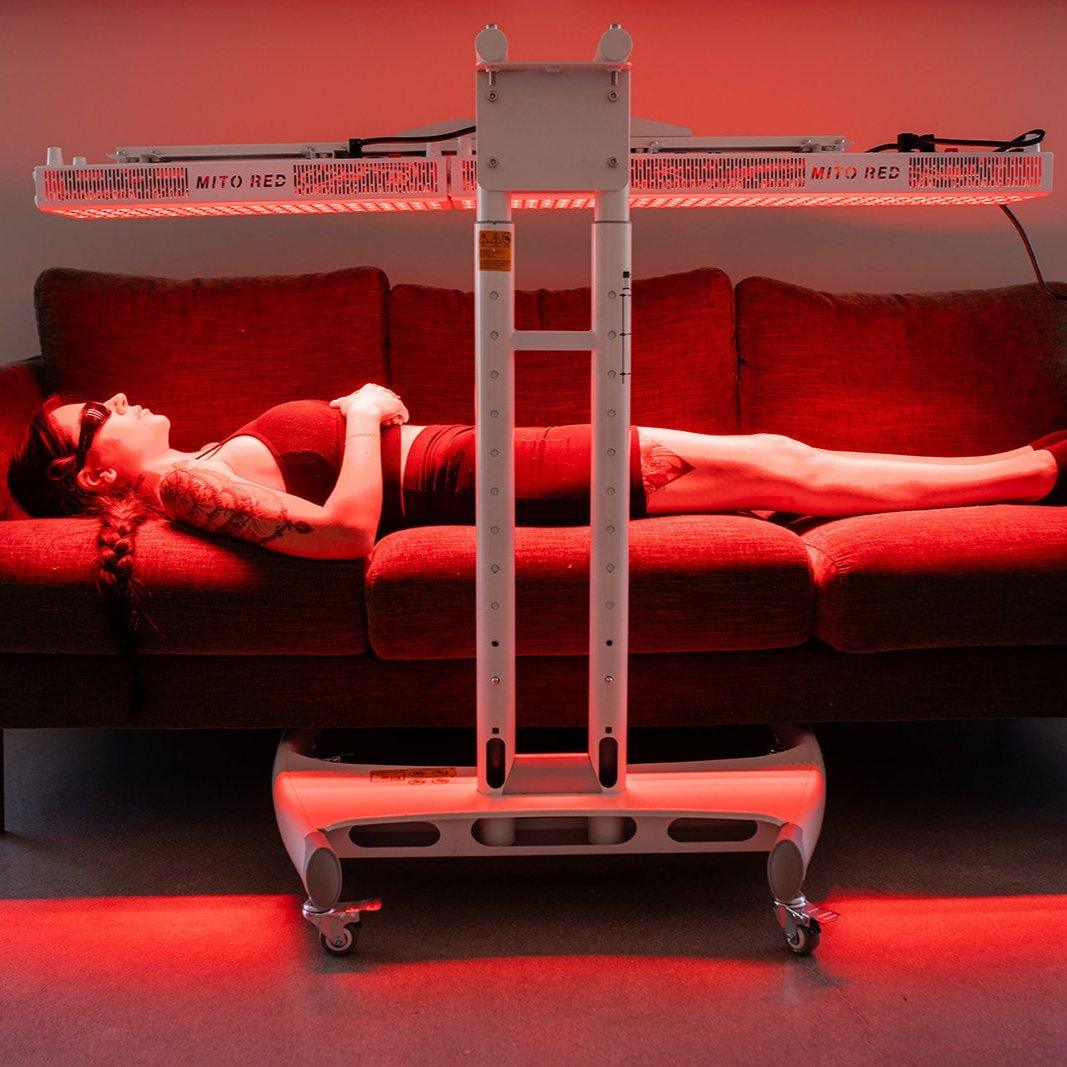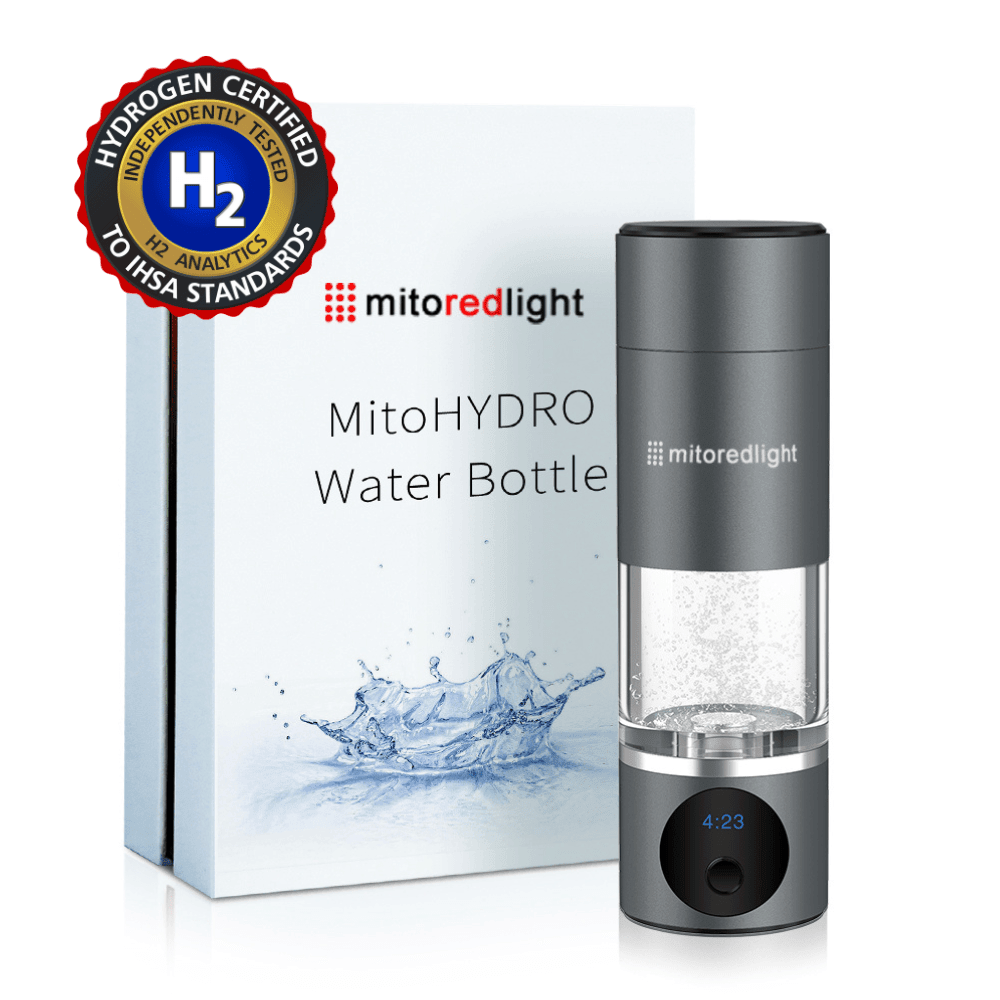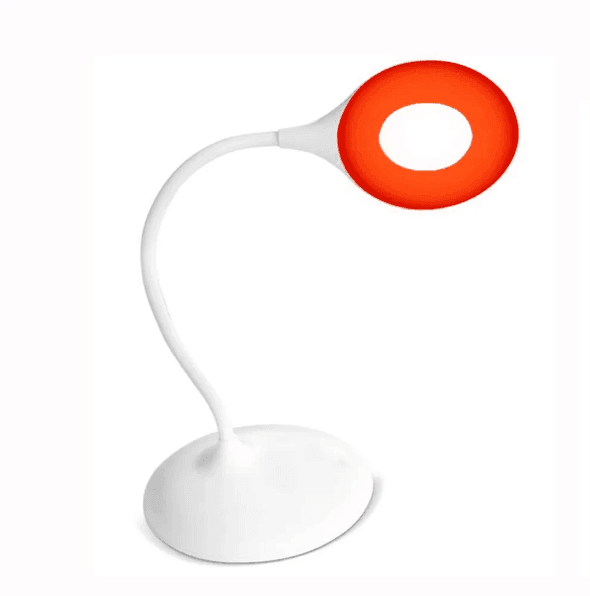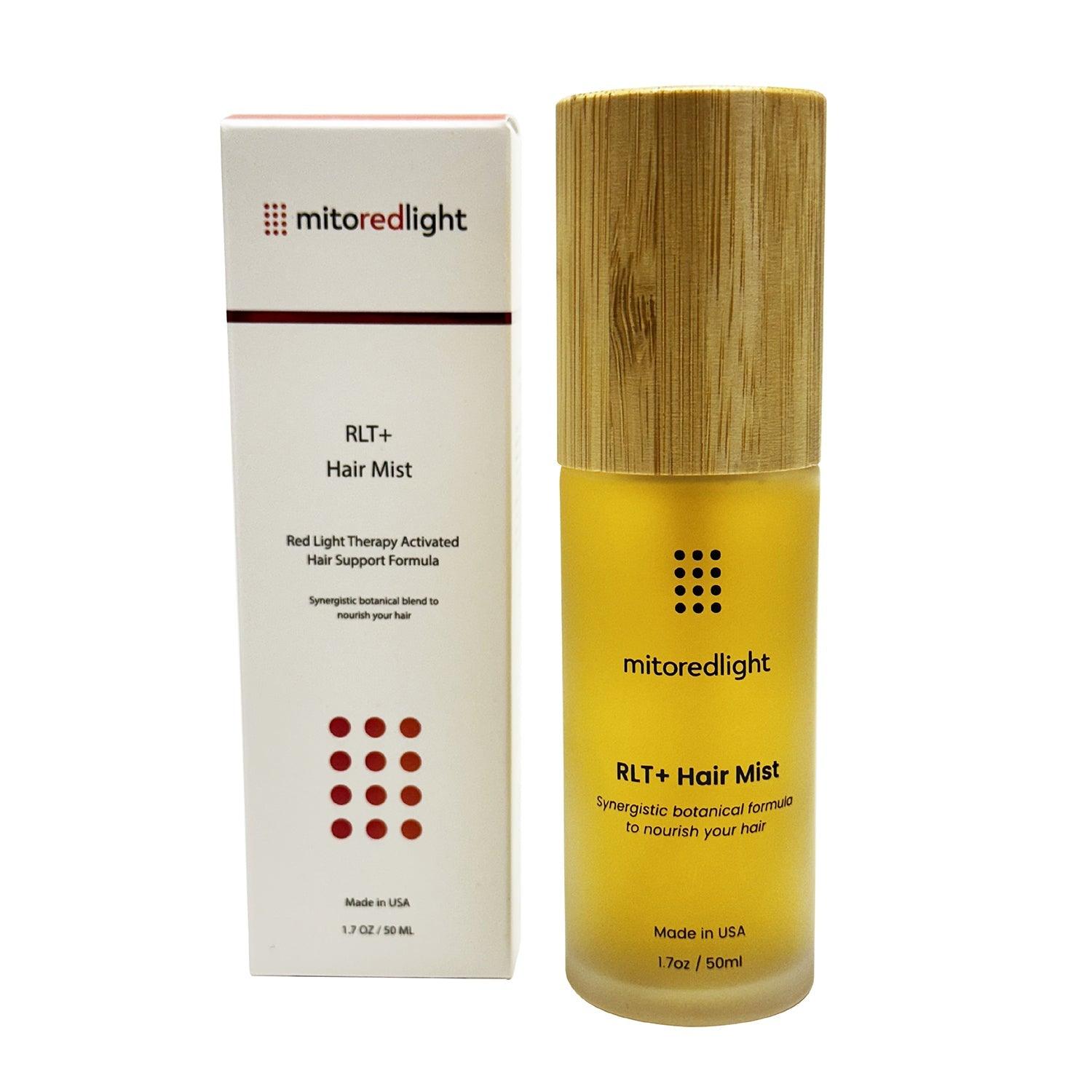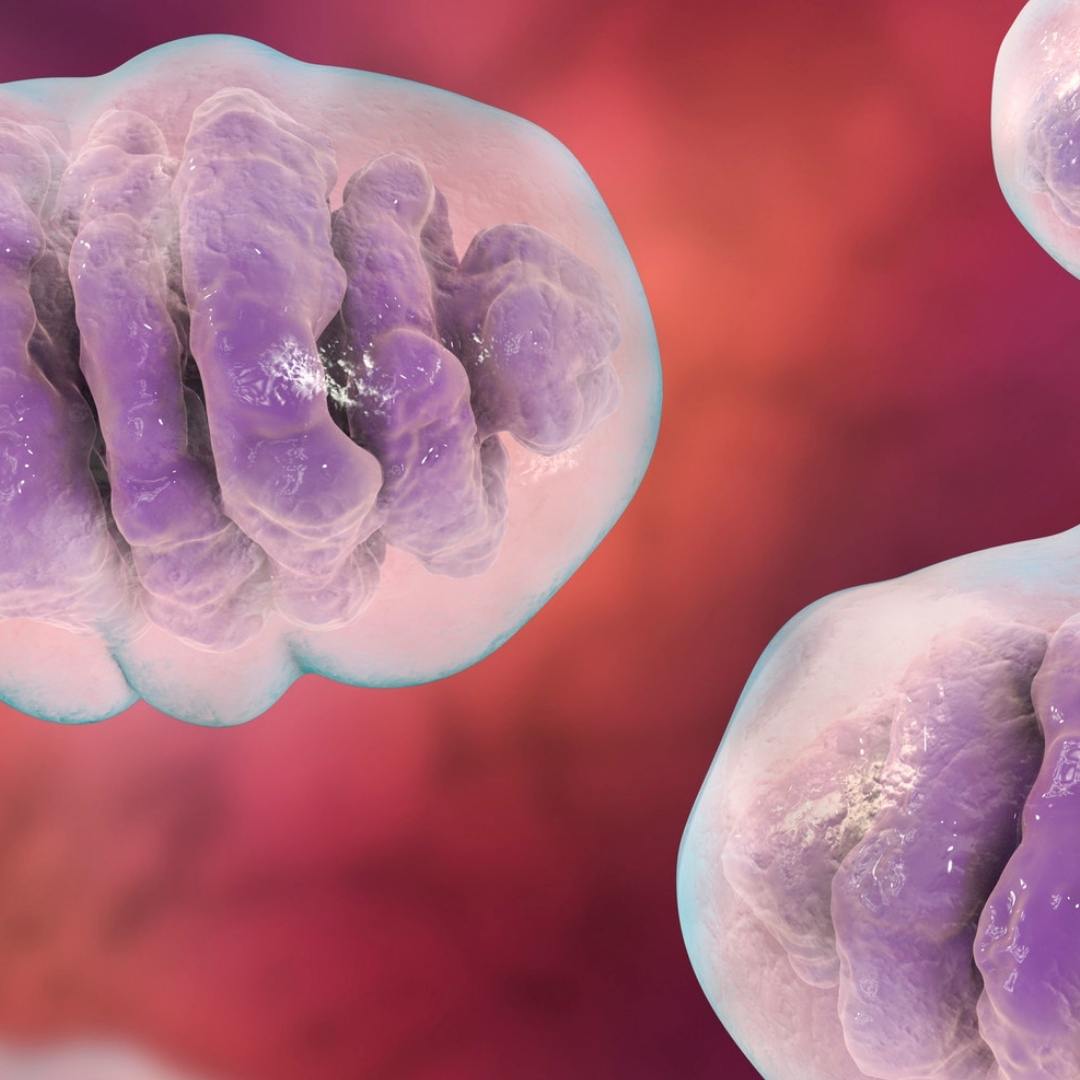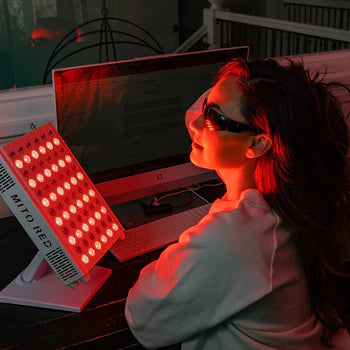Table of Contents
- What Causes Joint Pain?
- Rheumatoid Arthritis
- Osteoarthritis
- Other Causes of Joint Pain
- How Joint Pain is Treated
- Surgery
- Medications for the Condition
- Medications for Pain
- Tips for Helping Joint Pain
- Red Light Therapy and Joint Pain
- Will Red Light Therapy Interfere with Other Treatments?
Chronic joint pain is a widespread problem in the United States, with over 63 million people suffering from this type of chronic pain. Joint pain is not merely an uncomfortable inconvenience, but can significantly affect people’s quality of life. Joint pain can make even normal movements painful and can make seemingly simple tasks impossible for those who suffer from it.
What Causes Joint Pain?

There are many different causes of joint pain, and the specific cause of your joint pain will affect how it is treated and what types of therapies will be helpful in reducing your joint pain. Understanding the cause of your joint pain will also help you to avoid activities that can make it worse or cause further injury.
Rheumatoid Arthritis
Rheumatoid arthritis is a common source of joint pain that is caused by an autoimmune disease. With rheumatoid arthritis, your body’s immune system attacks the lining of certain joints, causing inflammation and irritation in the affected joints. Rheumatoid arthritis often has a symmetrical pattern affecting the same joint on opposite sides of the body. One of the most common symptoms that people who have rheumatoid arthritis experience is joints that are painful, swollen, and warm to the touch due to the inflammation that it causes.
While there is no cure for rheumatoid arthritis, treatments that suppress the immune system and reduce inflammation are often used to slow the disease and provide pain relief. There are also surgical treatments that doctors may recommend, depending on how severe the rheumatoid arthritis is.
Osteoarthritis
Osteoarthritis is the most common form of arthritis and occurs when the cartilage that protects the end of your bones wears down. Cartilage provides a smooth surface over the ends of your bones, allowing them to slide against each other without meaningful amounts of friction. As the cartilage wears down, the areas where bones rub against each other can become exposed, and the bones begin to rub against each other without protection. This causes friction that makes movement more difficult while also creating irritation and inflammation.
Other Causes of Joint Pain
While rheumatoid arthritis and osteoarthritis are two of the most common causes of joint pain, there are several other potential causes that are common but less prevalent than arthritis.
- Gout - Gout is caused by the build-up of a chemical called uric acid. Uric acid in high concentrations causes crystals to form in joints, creating severe pain. While this most commonly occurs in the big toe, it can affect any joint.
- Bursitis - Bursitis occurs when small, fluid-filled sacs called bursae becomes inflamed. Bursae are important to the joints, providing cushioning and creating fluid that keeps the joints lubricated. When the bursae become inflamed, however, the resulting bursitis is very uncomfortable.
- Strains - Strains are a type of injury that occurs when a muscle or the tissues connecting the muscle to a bone is injured. Strains can cause pain whenever moving the muscle that has been affected and can cause muscle spasms that can be uncomfortable.
- Sprains - Sprains are very similar to strains, but they involve injury to the tissues that connect bones to each other, not to muscle-related tissues. Sprains can cause pain that is more specific to a joint than to a muscle.
- Septic joint - Bacteria can grow in the fluids that keep a joint lubricated. This type of infection creates pus and inflammation that causes swelling and pain. An infection within the joint itself is referred to as a septic joint.
- Other Injuries - There are many different ways that joints can be injured. Typically, joint injuries besides strains or sprains are more severe and can require surgery. The pain and treatment needed vary based on the type of injury.
How Joint Pain is Treated

Treatment for joint pain typically includes two main components. The first and perhaps most important component of treatment is treating the underlying reason for the pain. The secondary component involves treating the pain itself.
Depending upon the source of the joint pain, treating the cause while also providing pain support may resolve the cause of the pain and eliminate the need for any other treatment. Unfortunately, for some of the more common arthritic types of joint pain, the underlying condition can only be suppressed, not treated.
Surgery
Surgery is the most invasive and complicated way of treating joint pain, but is sometimes the only solution. Joint pain that is caused by an injury, for example, may never heal without the right kind of surgery. Surgery may involve repair of an injury or can involve replacing the whole joint depending upon what kind of disease process is affecting the joint.
Medications for the Condition
Many joint conditions can be treated or suppressed with medications. Rheumatoid arthritis, for example, can be suppressed by using certain medications that reduce the effects of the body’s immune system. Gout can be treated by using a medication that dissolves the uric acid crystals. There are a wide variety of medications that can be used depending upon the specific condition affecting your joint pain.
Medications for Pain
While not every joint condition can be fully addressed with medications, medicines can also be used to treat the joint pain these conditions cause. Pain medications used to treat joint pain typically include:
- Acetaminophen (Tylenol) - Tylenol is one of the more common over-the-counter pain medications and is effective for mild pain. Tylenol can cause liver failure, however, if too much is used over a long period of time.
- Non-steroidal anti-inflammatory drugs (NSAID) - This class of drug includes Ibuprofen, Aleve, and aspirin among others. These drugs are particularly good for pain caused by inflammation.
- Opioid medications - Opioid medications, also called narcotics, are powerful pain killers used to treat severe pain over short time periods. These medications are dangerous, as they can become addictive with prolonged use and can be fatal if overdosed on.
Tips for Helping Joint Pain
There are several things that people can do to help their joint pain that do not include using medications or surgery, but these are dependent on the specific cause of joint pain. Ultimately, the only way to know what is best for your specific situation is to consult with a doctor, but some of these general tips may help.
- Apply heat - Heat increases blood circulation to a joint and its muscles, helping muscles to relax and heal faster. When applying heat, it is important to not use a heating method that will burn you and not to leave the heat on for more than twenty minutes at a time.
- Apply cold - While heat is ideal for muscle-related pain, cold will help with pain that is related to inflammation or to an acute injury. As with heat, extreme cold temperatures should be avoided and cold should only be applied for twenty minutes at a time.
- Manage your weight - Excess pounds increase the strain on your joints. By keeping a healthy weight, you will avoid overworking your joints and reduce potential joint pain.
- Follow a healthy diet - An unhealthy diet can make inflammation worse and decrease your ability to cope with pain. Sugary or processed foods, especially, can contribute to joint pain.
- Stay mobile - Regular exercise or use of your joints can help them to function optimally and can reduce joint pain with some conditions. For some joint conditions, such as osteoarthritis, exercise and additional mobility will not help.
- Rest after injury - After injuring a joint, avoiding overusing the joint can provide it with the time it needs to heal and help to avoid reinjury.
- Elevate swollen joints - Swelling causes pain by causing pressure in joints. By elevating swollen joints above your heart, the fluid that causes the swelling may be reduced. This can reduce the swelling and the pain that the swelling causes.
There are always risks and possible side effects that can occur when using medications. By using non-pharmacological methods to treat pain, you can either help to avoid the potential negative effects of medications, or you can augment the effects of the medications that you do use.
Red Light Therapy
As people with chronic joint pain are searching for new ways to manage their pain and avoid dependency on medications, red light therapy is an emerging pain management possibility that many are turning to.
Light therapy has been used for several years. High-energy ultraviolet light is routinely used by the medical field to treat hyperbilirubinemia in newborns, as the high-energy light breaks down the excessive bilirubin in some newborns’ skin. High-energy light is also used by mental health professionals to help coordinate people’s circadian rhythm and treat seasonal affective disorder.
While high-energy ultraviolet light has been used by the medical field for decades, the understanding of the potential benefits of red light therapy has only recently been recognized. Red light therapy uses specific wavelengths of light that penetrate deeper into tissues than other wavelengths and is thought to stimulate cell metabolism and promote wound healing.
As far back as 2005, the Cochrane Collaboration evaluated the evidence for the use of LLLT for rheumatoid arthritis. The review concluded, "there is 'silver' level evidence that low-level laser therapy in people with rheumatoid arthritis for up to four weeks does decrease pain and morning stiffness. It does not appear, however, to have long-lasting effects."
Red light therapy has been shown in one study to reduce pain and disability caused by chronic joint conditions. An animal study also showed improved healing and reduced pain caused by tendonitis, a type of joint pain. Another study looking at knee osteoarthritis concluded that "there were statistically significant improvements in pain intensity and lower extremity functional scale scores" from the use of 850nm LLLT.
A 2018 randomized control trial looked at the combination of ultrasound (US) plus low-level laser therapy (808nm NIR) for knee osteoarthritis rehabilitation. The study "showed reduced pain and increased physical functionality after 3 months of US + LLLT with and without [therapeutic exercises]."
Many people who use red light therapy feel that it helps to reduce the discomfort that they experience from their chronic joint pain.

|

|

|
Will Red Light Therapy Interfere with Other Treatments?
While some people use red light therapy as a standalone pain management strategy, many people like the fact that it can safely be combined with most other treatments. Red light therapy has not been shown to affect any of the other common treatments used to treat chronic joint pain.
When multiple different treatments are used to treat pain, the different treatments can compliment each other, providing a synergistic effect that more effectively treats pain. While red light therapy can almost always be used safely without interfering with other medical treatments, it is always safest to consult with your doctor if this type of therapy could interfere with other treatments.
Mito Red Light provides a variety of red light therapy products that are specifically designed to provide the specific wavelengths of light that are the safest to use. We welcome you to review our selection of high-quality products or email us at info@mitoredlight.com.
Related Articles:
- Top Tips for Optimal Joint Health
- Everything You Need to Know About Red Light Therapy and INFLAMMATION
DISCLAIMER: Mito Red Light devices are Class II wellness devices aimed at affecting the body through topical heating and supporting cellular function. The information provided in this article and on this site is for educational purposes only and is not intended to imply effectiveness of Mito Red Light devices for any specific application. The information provided in this article and on this site is not intended to diagnose, treat, cure, or prevent any disease, is not a substitute for consultation with a licensed medical provider and should not be construed as medical advice. Click here to read our article on potential contraindications of red light therapy..



